Changing Times: North Country Dairy Farmers Tell Their Stories
While conducting this research on the history of the North Country dairy industry, I contacted Traditional Arts in Upstate New York (TAUNY), a local non-profit organization based in Canton, NY. TAUNY developed an exhibit in 2013 entitled Dairy Farm Workers in Northern New York, which consisted of several recorded and transcribed interviews with dairy farmers throughout St. Lawrence County and with some Hispanic migrant workers, as well as several photos of the farms that depict various aspects of farm life and work. In this particular post I will be referencing some of the interviews with the farmers to share their experiences and perspectives on the aforementioned changes within the North Country dairy industry over the last thirty years. I will be referencing the transcribed interviews with farmers from three different dairy farms in St. Lawrence County: Decker Farm, Adon Farm, and Andrews Farm.
All three of these interviews from TAUNY’s exhibit clearly exemplify the impact of the changing relations within the US dairy industry overall as well as specifically in St. Lawrence Country Although Decker Farm, Adon Farm, and Andrews farm are all different sizes, they have faced similar challenges due to the extensive alterations within the industry. I would like to thank Jill Breit and Rachel Tengowski at TAUNY who allowed me to have access to these archives. All of the photos in this post were also part of the archives from this exhibit and were taken by Martha Cooper.
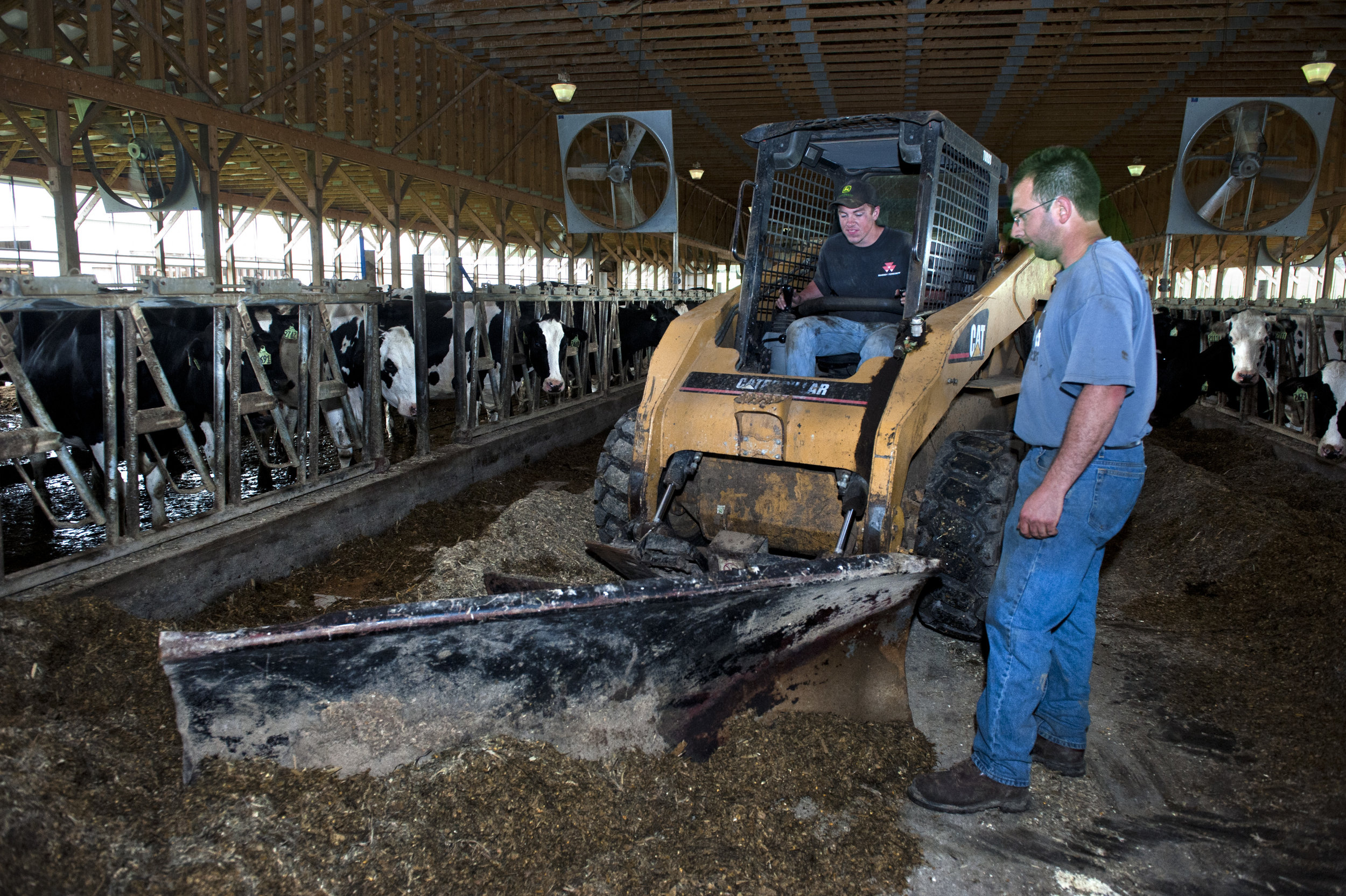
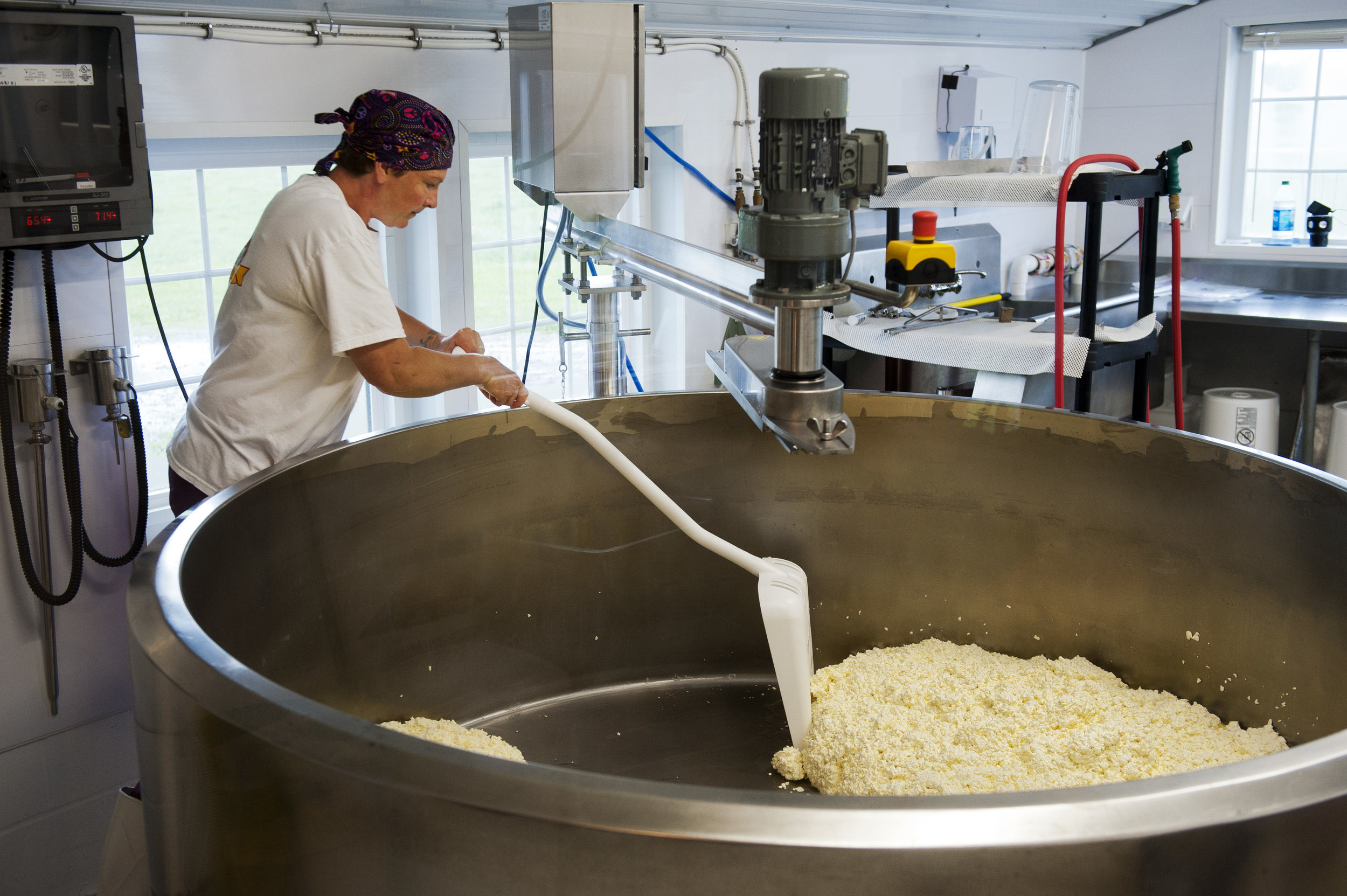
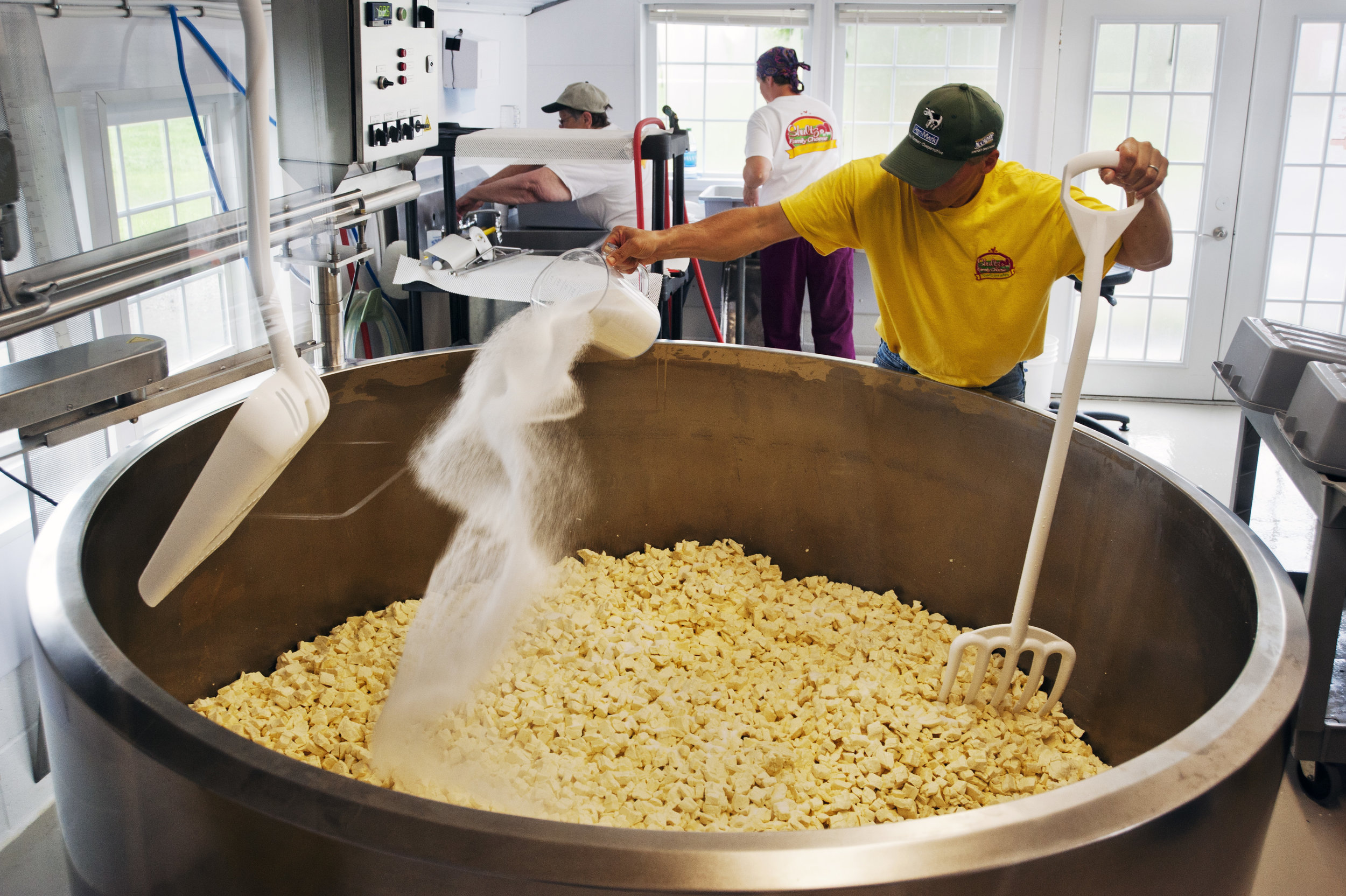
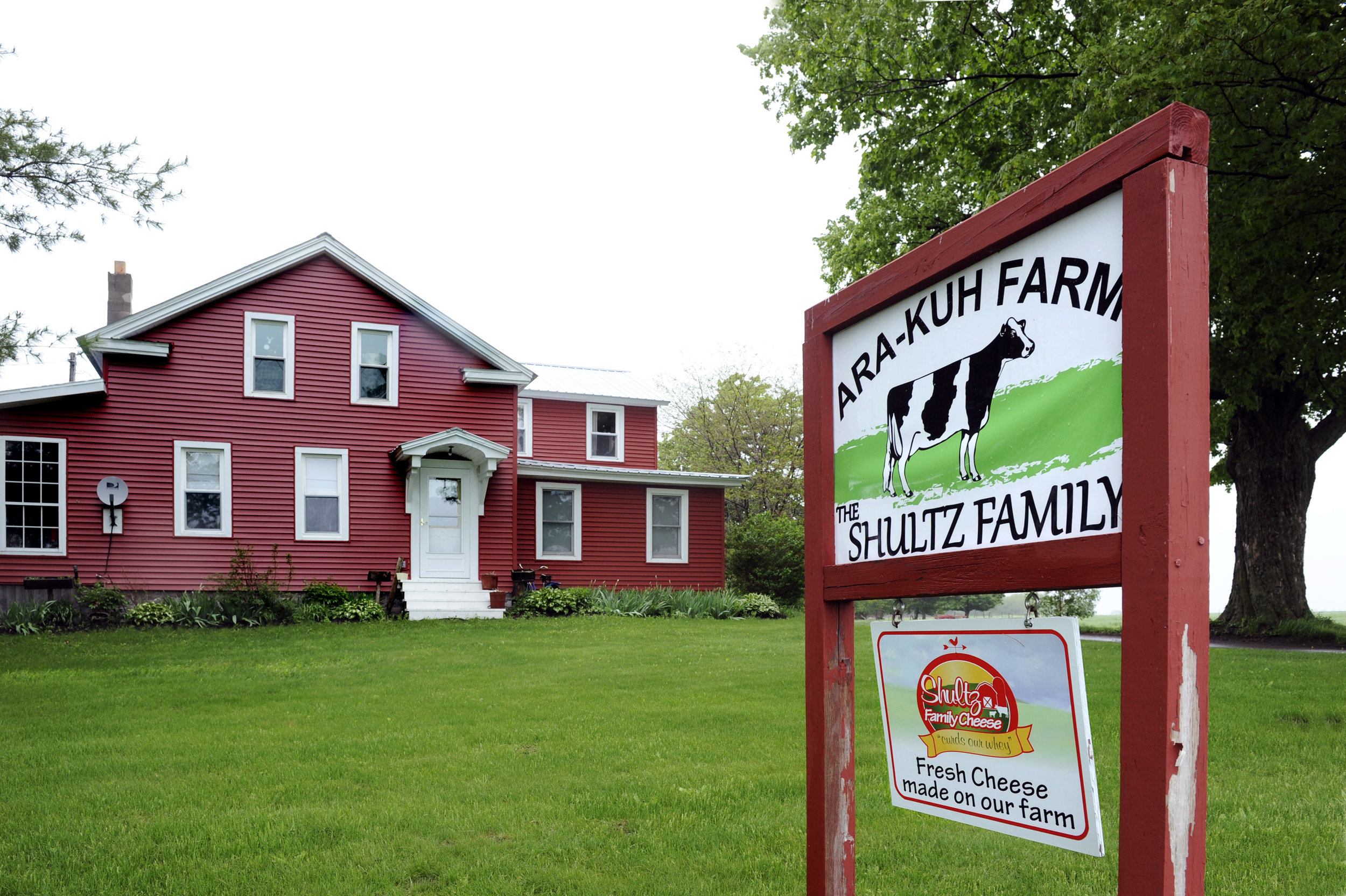
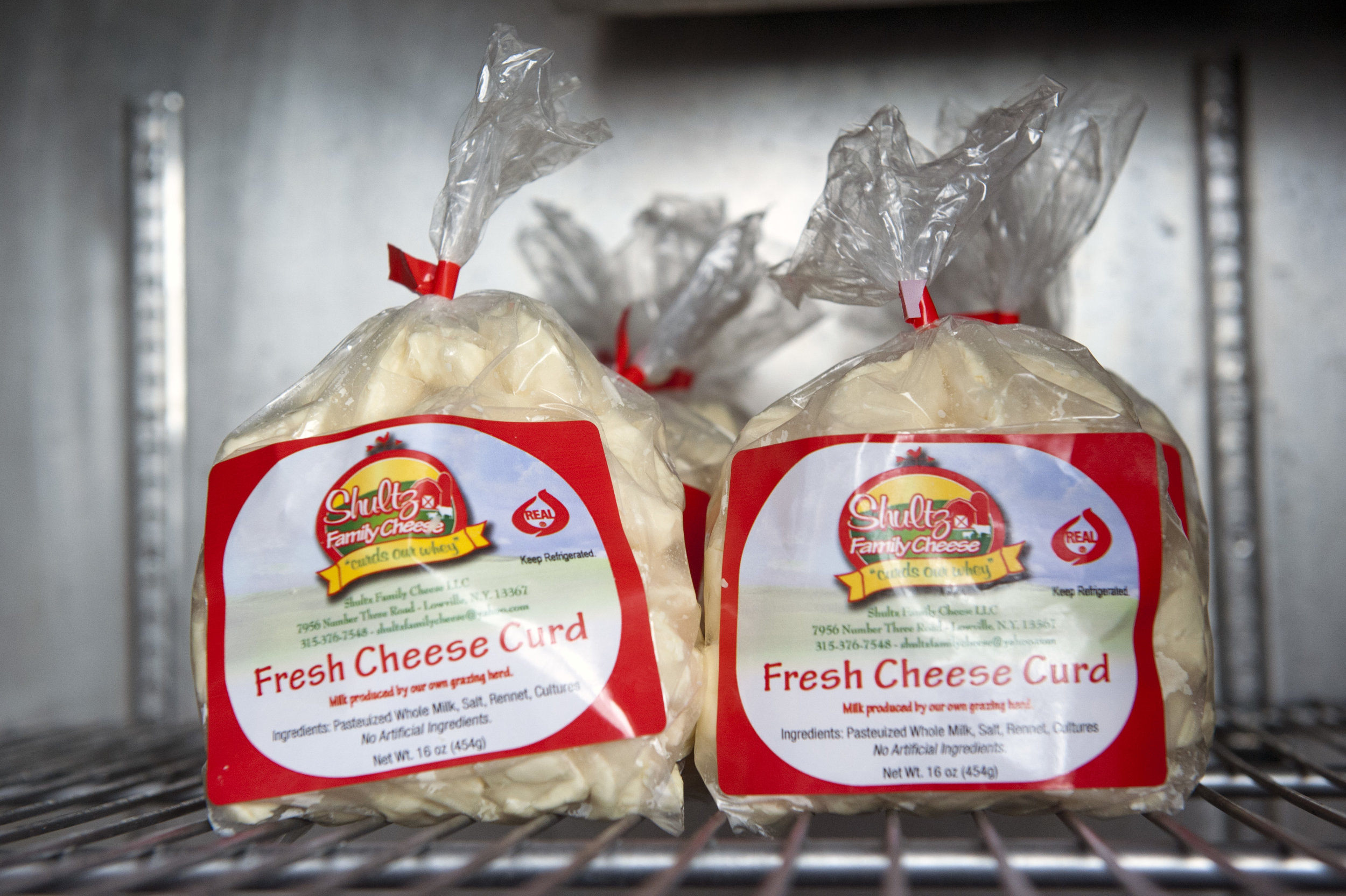
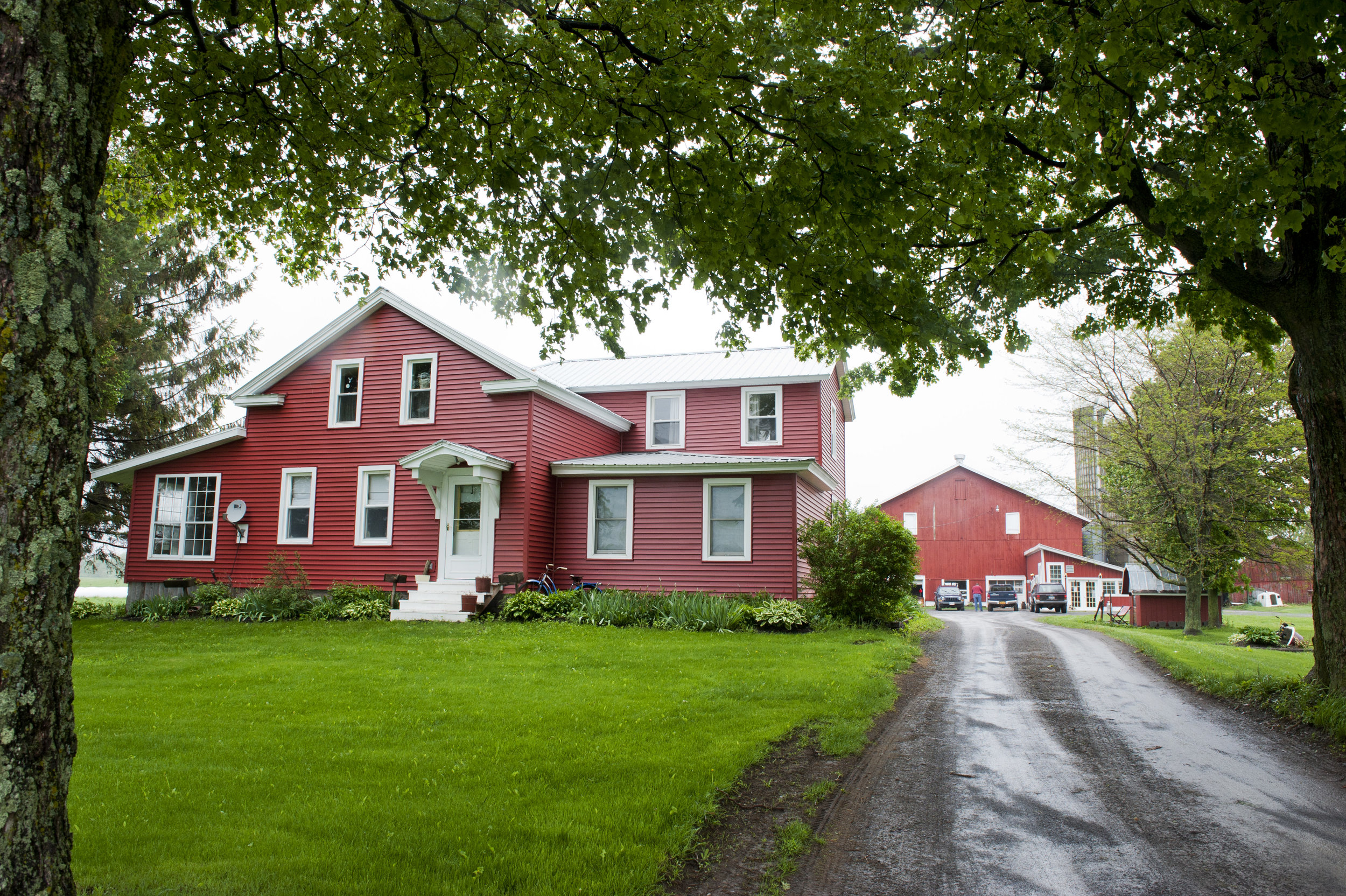
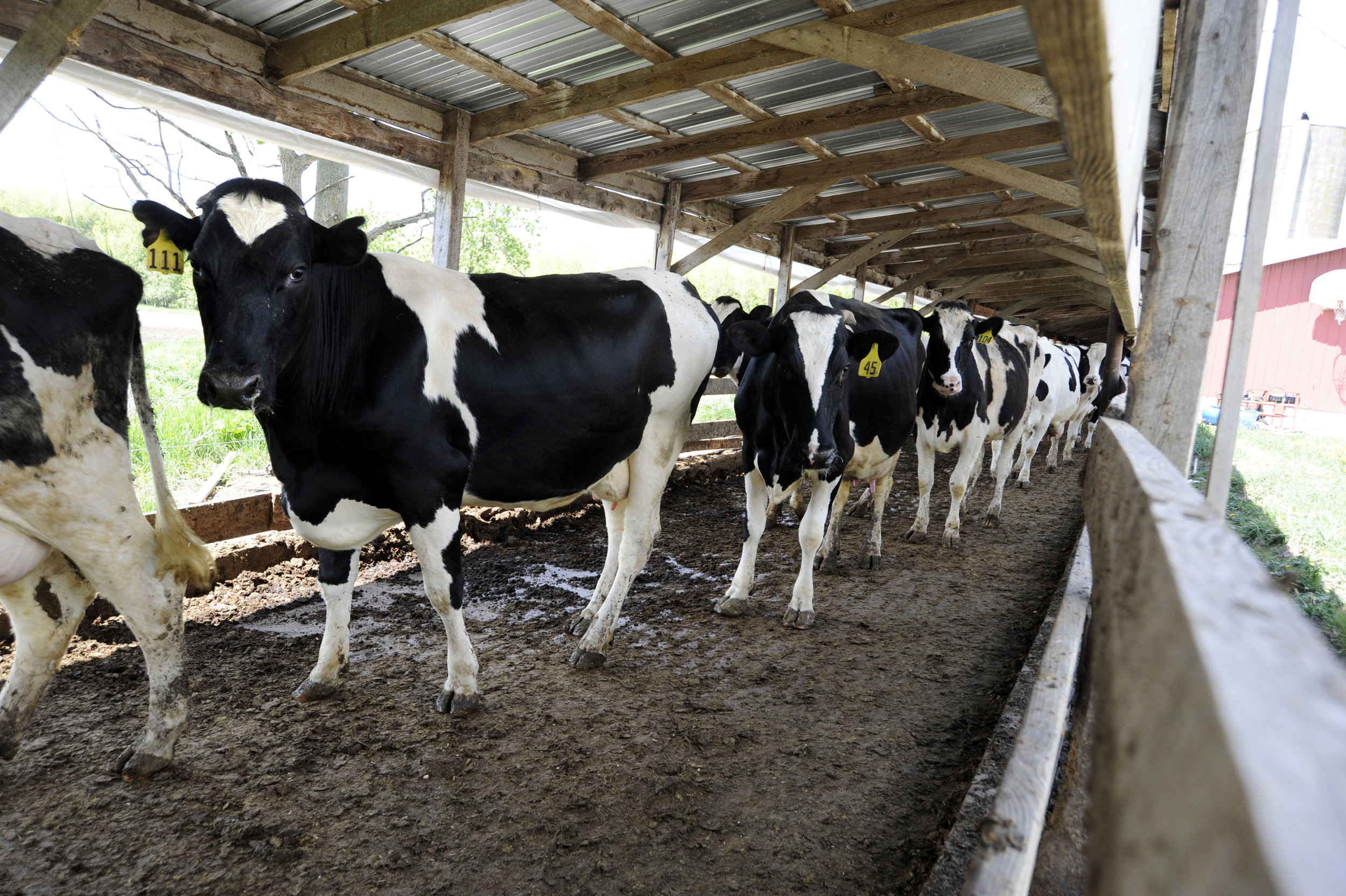
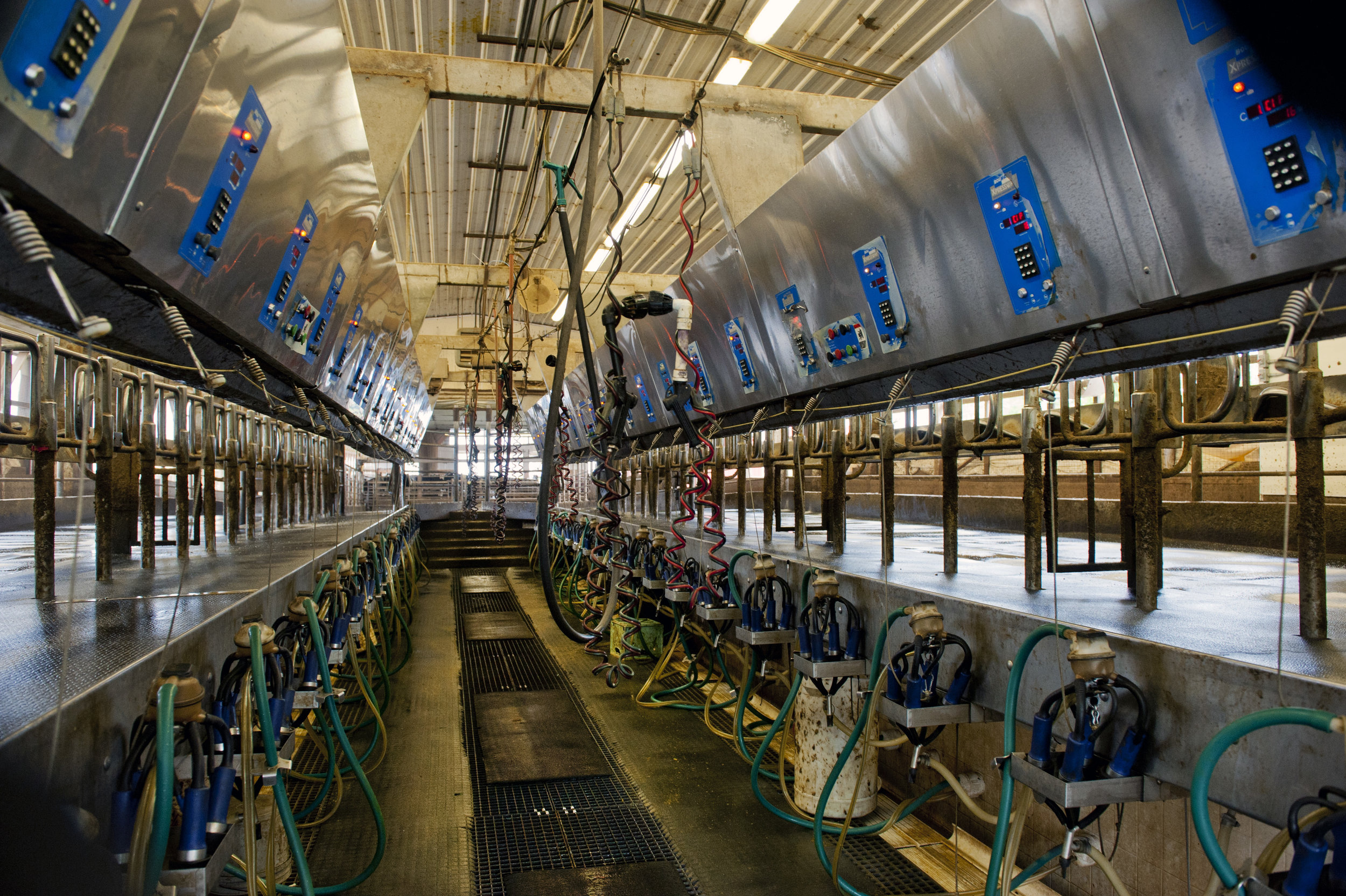
Decker Farm
Clark Decker, of Decker Farm in Stockholm, NY describes his experiences working on the farm as a kid under his father’s ownership, in comparison with life and work on the farm today as owner of the farm. Clark’s mother, Madeline Decker, mentions, that in the 1940s and 50s, “I think we were probably milking around 30 [cows]” all by hand but not too long after they bought their first milking machine. Clark states, “I bought the farm from Mom and Dad in January of 1977. There were 33 cows and a small list of machinery.” At this time Clark had already been planning to expand in order to generate more income for the family. The farm was originally 98 acres and now consists of 700 acres with about 150 cows. Alongside this expansion, Decker addresses the drop in the number of farms between 1977 and 2013 when this interview was conducted, “ I think at that time [1977] there probably [were] about 11 farms in the town of Stockholm, 11 or 12 dairy farms shipping milk. As of now there’s just 3 of us left, quite a consolidation.”
Decker claims that while his father owned the farm, “[t]here was a tremendous amount of physical work, now there is a lot more mechanization and automation and a lot more stress…schedules are much more fixed,” and it is much more difficult to take days off. “It’s a lot more intense than it ever when was I was a kid... The intensity is just, and it’s every aspect is just so micromanaged compared to what it was then…it’s a whole different world, it’s evolved amazingly over thirty-five years.” Such intense management infiltrates into various aspects of farm work ranging from, technological advancements, chemical licenses, and vaccination programs, to consolidated market control over milk prices. Nancy Decker, Clark’s wife, mentions, “we used to sell [milk], and we don’t anymore…now you can’t do that. You can’t sell it.” Now the Deckers ship their milk to Dairylea.
Clark further states, “we were in with the dairy market back in the late 70s and early 80s, where they were pushing for expansion and pushing for…modernizing and then more efficiencies... And what we ran into with the increased production, you didn’t see a whole lot of increase in profitability,” with advanced technology and consolidated corporate control of the milk market, “expenses rose as fast as income…. If a lot of these big producers come on and world market supply increases, price drops, you wonder what the potential is.” As a result of this vulnerability to market fluctuations, the Deckers, along with other farmers have grown and sold corn, pumpkins, and maple syrup has a source of supplemental. These experiences and changes described by Clark, Madeline, and Nancy Decker reflected the major changes that have occurred in the St. Lawrence County’s dairy industry throughout the last few decades.
Adon Farm
Adon Farm, located in Parishville, NY, is owned by Andrew (Andy) Gilbert. Andy’s grandfather purchased the farm in 1929, his father took it over around 1948, which consisted of about 400 to 500 acres. Since then, the farm has been turned into a partnership with a total of about over 2,000 acres, including land used to grow corn and other crops. When Andy returned to the farm after graduating from Cornell University in 1980, the farm had about 70 or 80 cows. However due to the high expense of technology, “in order to take advantage of new technology and…machinery, your size has to grow.” Andy mentions that they gradually increased the size of the farm from 80, to 150, to 220 cows, “then in 2002, we built this barn parlor to go to 700. We went from around 250 to 700 in one jump.”
Prior to this expansion, the family was responsible for work on the farm, with maybe only one hired hand; however, now with about 1100 milking cows on the farm, Andy employs roughly 28 to 30 workers. Unlike several other farmers in the North Country who employ Hispanic workers, because, as Clark Decker mentions,“[i]t’s the only option that’s available…now its almost impossible to find a kid that is willing and able” to do this work, Andy has hired all local employees. Andy claims, “[y]ou always have turn over in this kind of job. Some people get bored with it or think they can do better… you always have issues on how labor works; getting everyone to work on time and all of that.” Although wages are low, Andy tries to pay his workers above minimum wage, $10- $11 an hour, “[w]e do the best we can with it, and we have to stay in business too. It is just a balancing act.” Andy does acknowledge some of the risks and setbacks of hiring local workers, “you are going to have people that don’t show up,” are never able to adjust to the work load nor agree to work seven days a week. Despite this high turn over, Andy’s nephew, Nick Gilbert, who is also involved with the farm, expresses that they take pride in hiring local workers because they are providing upwards of 30 to 40 jobs in the local community. Andy also says that he enjoys interacting with and getting to know his workers, and does not have the language skills to interact in the same way with migrant workers.
Andy further states that the dairy industry “is a brutal business because it is by demand…but there is not a minimum price on milk anymore. It is just whatever the market bears. There is no union help.” He describes how the CME Group sets milk prices, which “depends on worldwide conditions.” If other countries have a successful year producing milk, “then our prices lower because there is a bi-monthly option for dairy products. It sets the prices of products shipped around the world. If our cheddar cheese price is too high we won’t sell any, so our prices have to go down,” which forces farms to keep their cost of production as low as possible. Moreover, Andy discusses the changing nature of milk processing within the dairy industry. He says that his family used to do their own processing, “[t]hey called it Gilbert’s Dairy, and they processed milk for years, sold to stores, and schools, and homes around here. However, now it is incredibly difficult to compete with larger plants, and the population north of the Adirondacks is a very small population to market to; subsequently, smaller, family run plants are unable to compete and are forced to sell their milk to larger processing plants. Adon Farm’s milk is processed by Great Lakes Cheese. Although Adon Farm is much larger farm than Decker Farm, each have experiences similar changes and challenges over the past several years.
Andrews Farm
Bob and Diane Andrews are the owners of Andrews Farm in Fowler, NY, which has been in their family since 1931. They discuss their experiences living and working on a farm that only has 70 cows; Bob claims, “[b]ack when I was growing up, 70 cows was a big dairy… But with the evolution of the growth and the disappearance of the small farms, we are a small farm today.” Bob states that they have hired help in the past; however, today he and Diane do most of the work, and the children had helped while they were growing up. Despite the size of Andrews Farm, the business is still subject to and impacted by the highly consolidated milk market and management. “There are only two milk buyers in the area…Dairy Farmers of America, a direct marketing service. That’s all part of the same Dairylea umbrella. Then you’ve got Agri-Mark. Those are the two players that are left in the milking industry in Northern New York. And we’ve decided to go with Agri-Mark, which is still a cooperative-based milk handler. Agri-Mark owns its own milk plants.” This is especially difficult for smaller farmers like Bob because due to the lower volume of milk that his farm produces, he is not eligible for the discounted prices for transportation and grain that are available for larger producers selling greater volumes milk.
Bob mentions, “when you look at their [larger farm’s] overall volume of production compared to their expenditures, if they don’t have that great a debt load, their cost of production is going to be more in line.” However in Bob’s situation, “my expenses are eating me alive…but my milk prices… have not gone up, in fact they are starting to go down again.” Thus, as in Bob’s case, smaller farms are often even more vulnerable than large farms to market fluctuations and such consolidated control. Furthermore, as Andy Gilbert had addressed, the price of milk even from dairy farms in St. Lawrence Country is affected by global milk prices. Bob emphasizes his frustration about this situation by stating that dairy farming is very different in other countries such as Australia and New Zealand, where the cows roam free and they do not have to pay for as many buildings, lands, or taxes; hence local milk prices should not be so strongly influenced by global trends.
As a result of all of these changes within the North Country Dairy Industry throughout the last thirty to thirty-five years, which introduced several new challenges especially for small farms, Bob claims, “[u]nfortunately, I believe it’s all gonna be big farms in the very near future. And with the economic pressures put on small farms, there’s just no future for a small farm to make its own way and provide a living for a family right now and into the future. Expenses are way greater than the value of milk and with an imbalance like that you ain’t got a snowball’s chance in hell.”

